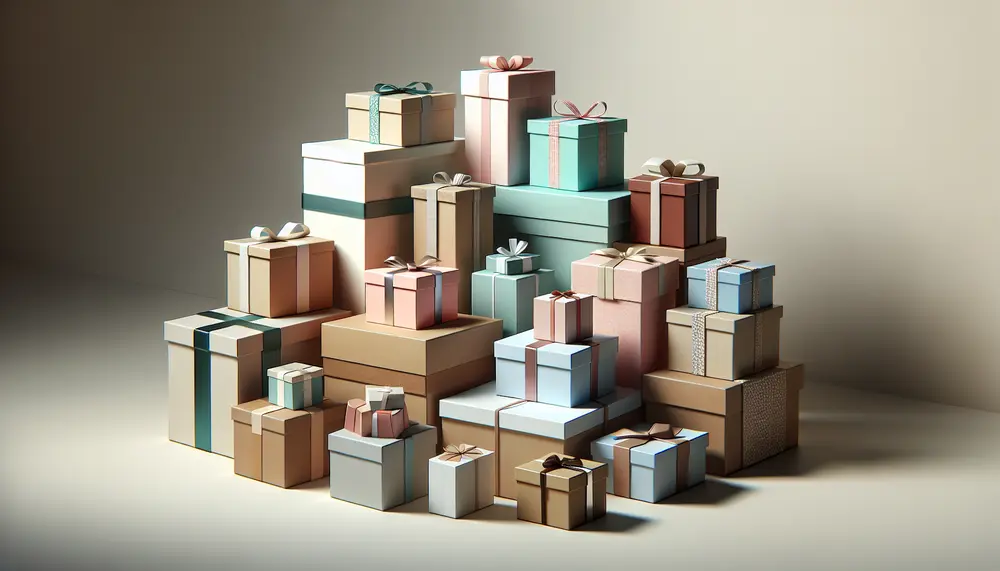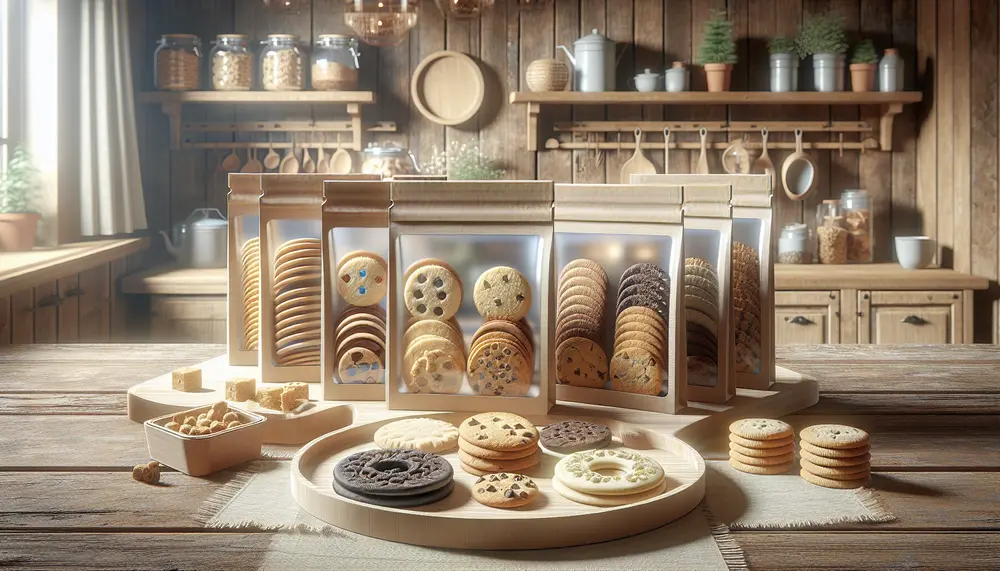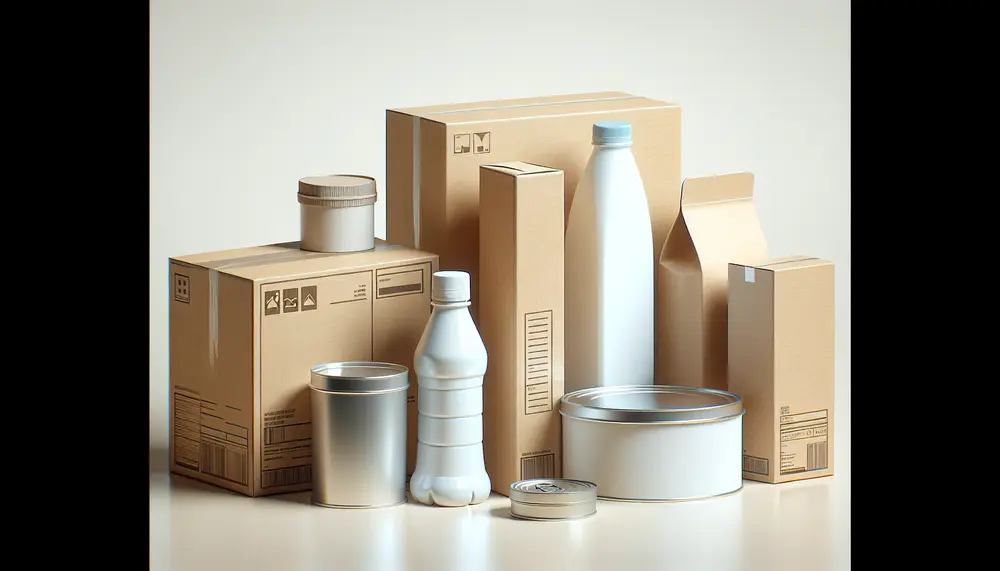Die-cut window
Die-cut window
Die-cut Window
A die-cut window is a specific feature in packaging design. It involves cutting a precise shape or pattern into the packaging material. This cut-out area allows consumers to see the product inside without opening the package.
How Does a Die-cut Window Work?
The process uses a tool called a die. The die is shaped according to the desired window design. When pressed against the packaging material, it cuts out the shape. This creates a clear view of the product inside.
Benefits of a Die-cut Window
A die-cut window offers several advantages. It enhances product visibility, which can attract customers. It also allows consumers to inspect the product's quality before buying. This feature can increase trust and satisfaction.
Common Uses of Die-cut Windows
You often see die-cut windows in food packaging, toy boxes, and electronics. For example, a cookie box might have a window to show the cookies inside. This adds appeal and helps the product stand out on the shelf.
Materials Used for Die-cut Windows
Packaging with a die-cut window can be made from various materials. Common choices include cardboard, paperboard, and plastic. The window itself is often covered with a clear film to protect the product while still allowing visibility.
Design Considerations
When designing a die-cut window, it's important to consider the product's shape and size. The window should be large enough to showcase the product but not compromise the package's strength. Creative shapes can also add a unique touch to the packaging.
Blog Posts with the term: Die-cut window

Unique packaging designs enhance gift boxes by creating memorable unboxing experiences and reflecting the giver's care. Personal touches, eco-friendly materials, and innovative design elements can elevate both personal gifts and brand identity. Creative packaging for gifts makes a strong first impression,...

Effective cookie packaging is crucial for maintaining freshness and conveying brand identity, with material choice reflecting product quality. Custom design enhances customer connection and encourages repeat business, while sustainability in packaging appeals to eco-conscious consumers....

Packaging carton boxes are essential in modern industries for their versatility, protection, branding potential, and sustainability. With various types like folding cartons, rigid boxes, corrugated options, and insulated designs, they cater to diverse needs while balancing cost-efficiency and functionality....

Packaging boxes are essential for product protection, branding, and environmental considerations; they vary in shape, size, material, serving different purposes. The three main types—foldable cartons, rigid boxes, and corrugated cardboard—are chosen based on the product's needs and customer experience....

Parchment window packaging offers a transparent or semi-transparent view of the product inside, enhancing visual appeal and suggesting quality. It is particularly effective for premium, organic, and artisan goods but must balance aesthetic with structural integrity and protection from environmental...
